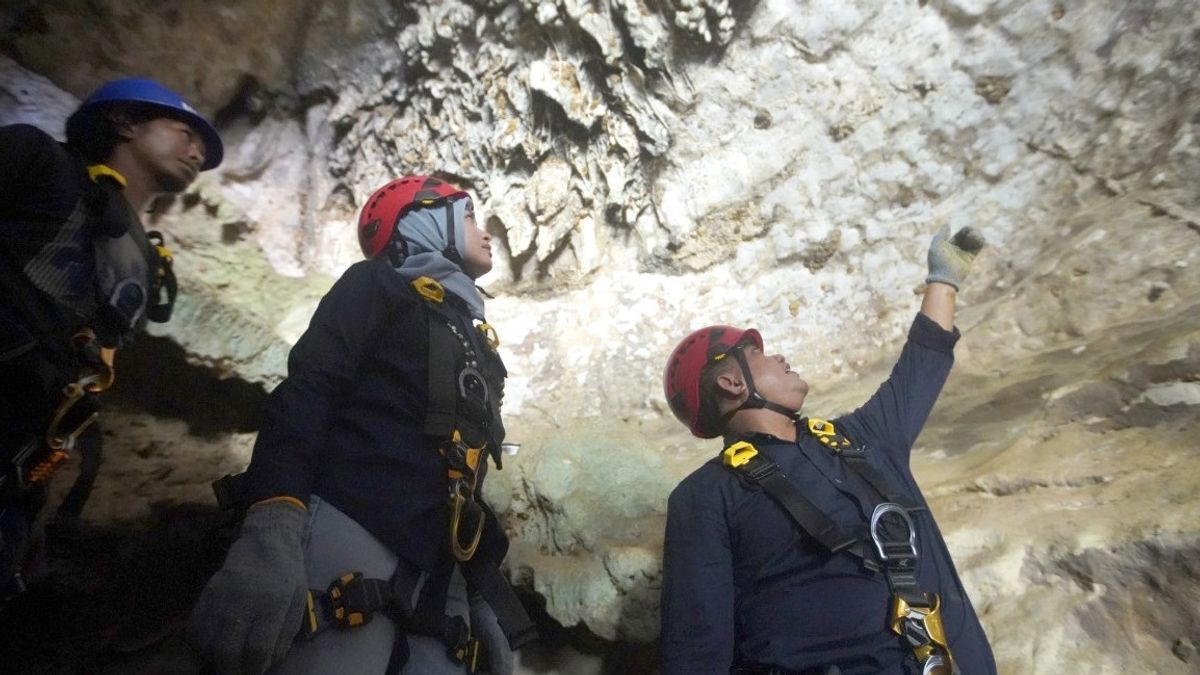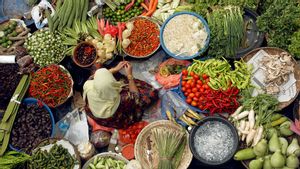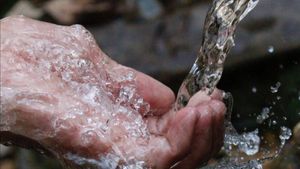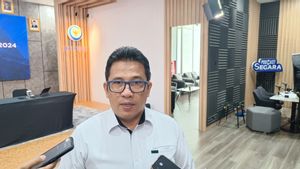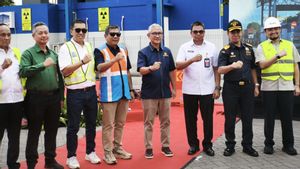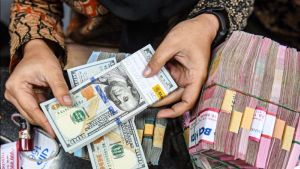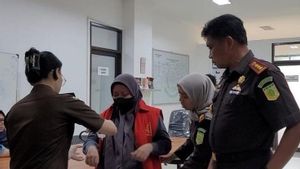JAKARTA - PT Semen Indonesia (Persero) Tbk (SIG) through its subsidiary, PT Semen Tonasa, has released a Cultural Heritage Management Plan Document (Cultural Heritage Management Plan/CHMP) on prehistoric sites in Biological Diversity Park (Kehati) and Sipong Bulu Geopark in Bontoa Village, Minasatene District, Pangkep Regency, South Sulawesi Province. Public tests on CHMP in the conservation area of PT Semen Tonasa have been held on Thursday, October 5, 2023, in collaboration with the Institute for Research and Community Service (LPPM) Hasanuddin University.
This CHMP is a study document detailing the right policies in terms of managing cultural heritage, both tangible and intagible heritage, so that the culture value of the region can still be maintained in the future. CHMP will serve as a guide for managing cultural heritage owned by the Company, including Bulu Sipong which is a cultural heritage site, so that it can be managed properly in a sustainable manner while still considering existing cultural values.
CHMP was established through a series of literature research results, Focus Group Discussion (FGD) and field observations involving the UNESCO Global Geopark Management Agency Maros-Pangkep, Hasanuddin University Institute of Research and Community Service (LPPM), Cultural Preservation Center (BPK) Region XIX, archaeological experts, anthropology, geology, biodiversity, tourism and various other stakeholders.
A series of FGDs with the community are carried out as an effort to explore deeper into the archaeological and historical potential contained in the concession area belonging to PT Semen Tonasa as well as plans for future company development. Chairman of the Study Team, Yadi Mulyadi said, CHMP is the first document produced for a company in Indonesia.
"My hope is that the CHMP document can further optimize the efforts of PT Semen Tonasa in the management of the Sipong Bulu Cultural Heritage Site which has a capital image of the oldest hunting scene in the world, as well as other cultural heritage in the concession area and its surroundings," Mulyadi said, quoted on Saturday, November 4.
Yadi Mulyadi added that his party also hopes that this initiative will encourage other mining companies to also make CHMP documents as a form of active involvement in preserving cultural heritage in related operations areas.
SIG's Corporate Secretary, Vita Mahreyni said, this CHMP initiative is a form of the seriousness of PT Semen Tonasa in its conservation efforts, this has had a big impact on SIG, especially in its efforts to support sustainable development which has become the world's urgency.
"Management of cultural heritage sites by the Company is an initiative to balance industry and cultural values, become educational advice and help promote history and culture to the wider community," said Vita Mahreyni.
The beginning of the determination of the Senen Tonasa and Geopark Bulu Sipong Centers as conservation areas began in 2018, where PT Semen Tonasa, the South Sulawesi Cultural Heritage Preservation Center (now BPK Region XIX) and the Maros-Pangkep Geopark Management Agency saw the potential for a unique karst topographic area accompanied by local endemic plants, and archaeological heritage in clay mining lands managed by the Company. At that time, the management of PT Semen Tonasa moved quickly by establishing the Sipong Bulu area of 31.64 hectares or 11.3 percent of the total mining area of 280 hectares as a conservation area.
Vita Mahreyni added, the management of the active Sipong Bulu Cultural Site area by PT Semen Tonasa by collaborating with the Cultural Preservation Center (BPK) Region XIX, an effort made, among others; revege in conservation areas, monitor and control operational activities to ensure the effects of vibration and dust remain below the threshold, casting roads access to sites and watering mining roads to prevent dust, educating the public about the importance of preserving prehistoric sites to prevent vandalism, to install signs and access restrictions.
SEE ALSO:
From 2018 to September 2023, PT Semen Tonasa has collaborated with the Management Agency of the UNESCO Global Geopark Maros-Pangkep through the planting of 409 endemic plants and a total of 863 plants to increase the diversity of flora in Taman Kehati, including ebony (diospyros celebica), nailwood (sedicopsis mooniana), and bitti (vitex cofassus) which are local endemic plants. Then there are also a variety of fruit plants such as oranges, mangoes, coconuts, hair, avocado, durian and sawo.
To ensure the commitment to preserving cultural heritage objects is carried out thoroughly at the management level to employees of PT Semen Tonasa, SIG as the parent company also carries out Mechanism Education and Training (Diklat) and Cultural Conservation Registration Procedures by cooperating with Hasanudin University's Archaeological Center. This activity, which was held on Monday (30/10/2023) was attended by representatives, including from the Mining Unit, Legal & Governance Unit, Risk, Compliance (GRC) to the General Facility & Asset Unit. This training provides employees with an understanding of the procedures that must be carried out when finding suspected Cultural Conservation Objects (ODCB), reporting, and registering them with the local government.
In addition to being a form of compliance with regulations and provisions for environmental and careful conservation, preservation of cultural heritage requires collaboration and synergy from all parties, including the government, society, researchers, and academics. Thus, CHMP PT Semen Tonasa can make a positive contribution to the management and development of UNESCO Global Geopark Maros-Pangkep.
The English, Chinese, Japanese, Arabic, and French versions are automatically generated by the AI. So there may still be inaccuracies in translating, please always see Indonesian as our main language. (system supported by DigitalSiber.id)
